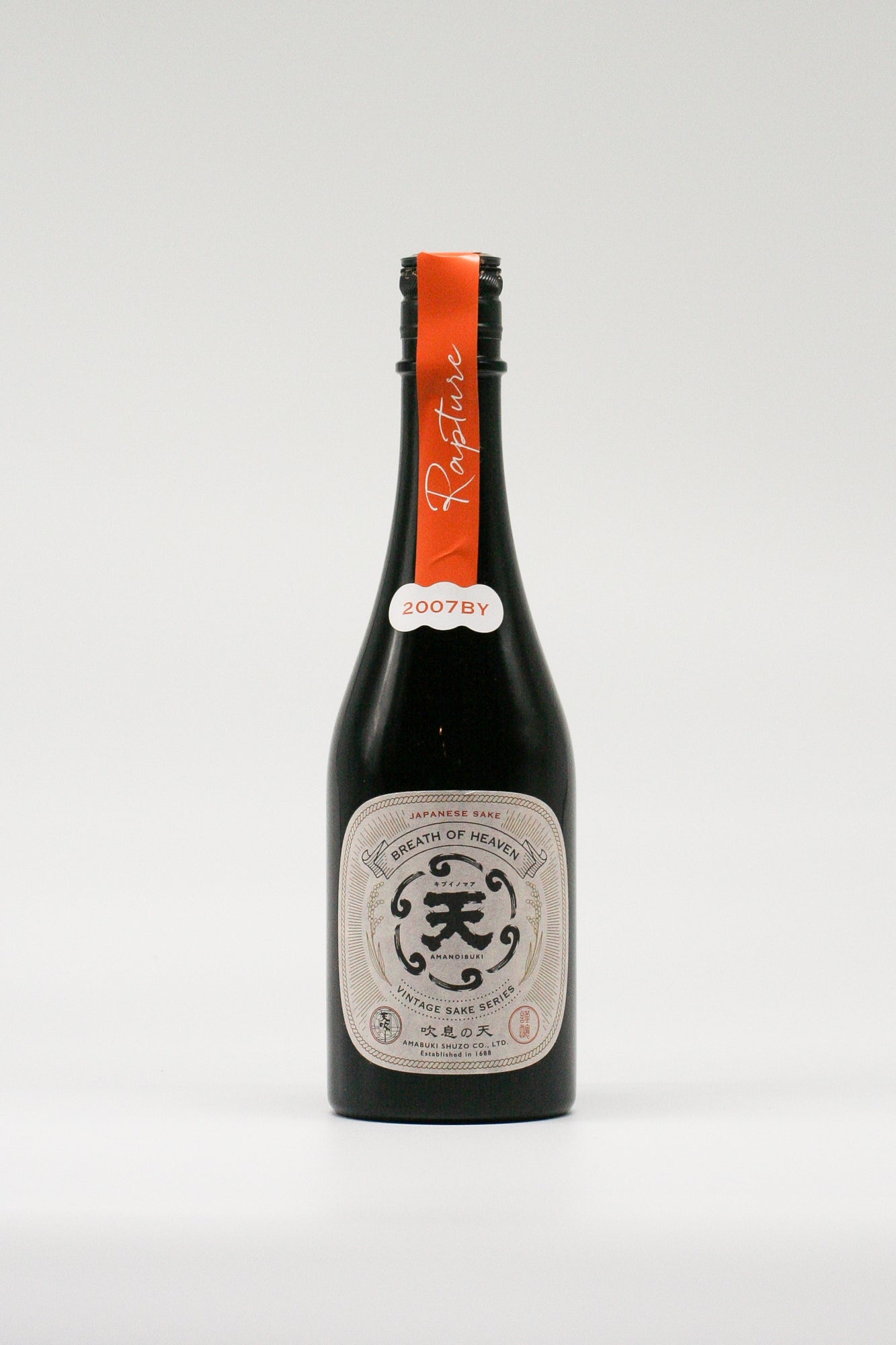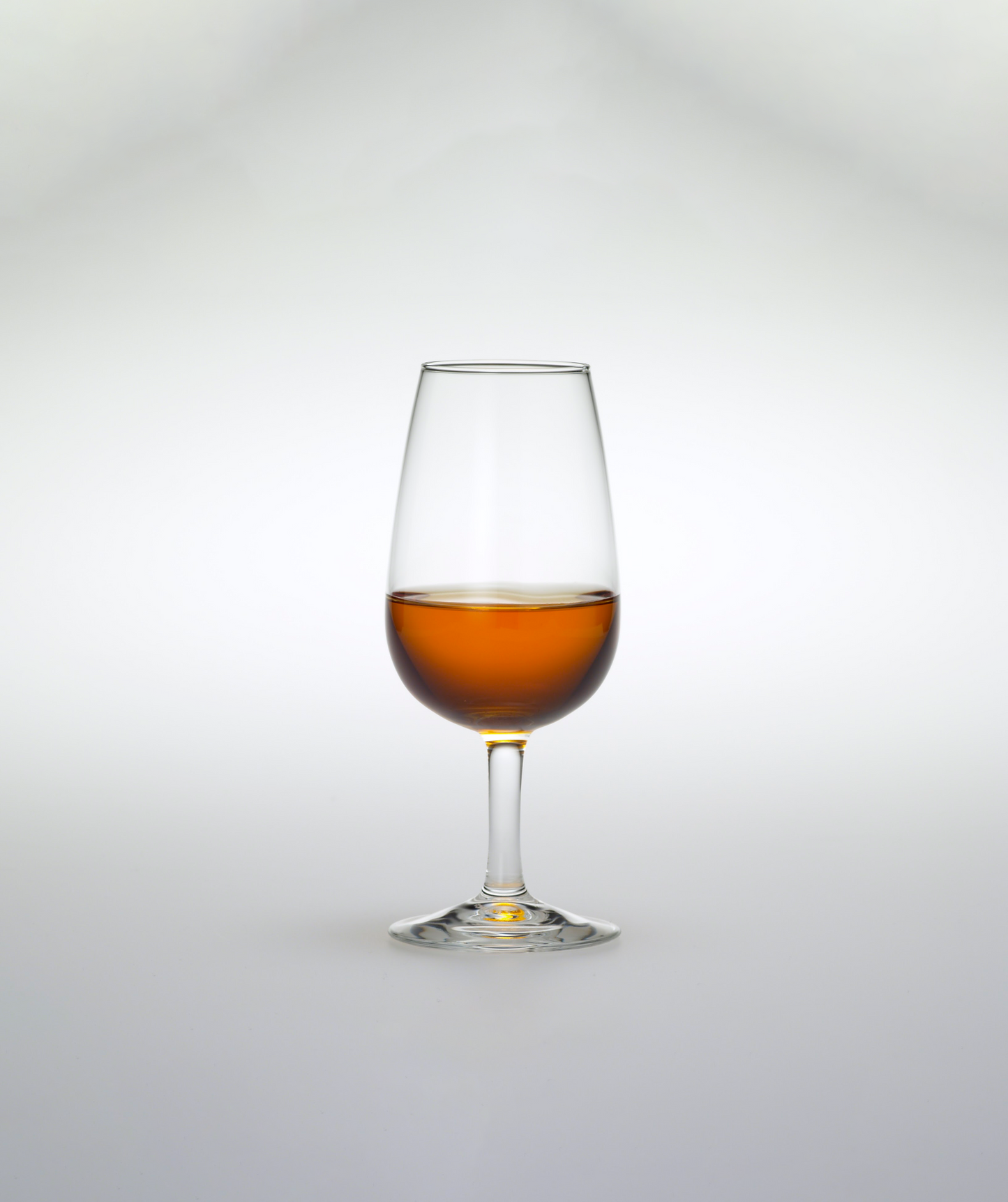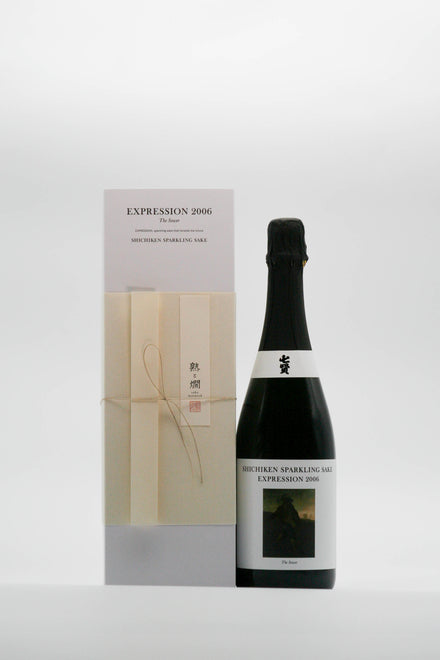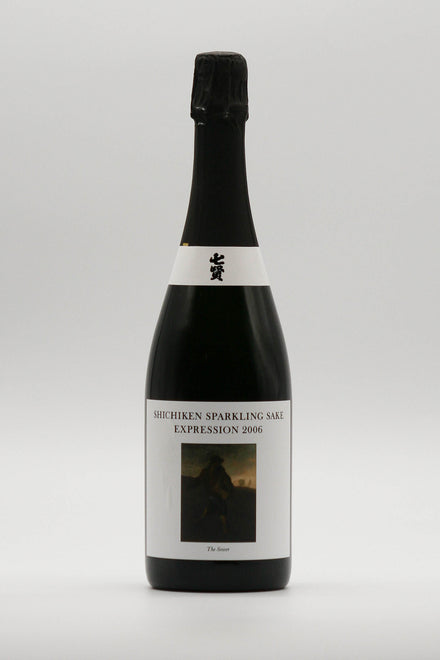

Junmai sake brewed entirely with koji and aged in oak casks for 15 years. A pleasant aroma, umami, acidity, and a slight bitterness are some of the attractive features gained as a result of aging.
Amabuki Amanoibuki Rapture 2007
| Vintage | 2007 |
| Years aged | 15 years |
- 10 years or more
- 2000-2009
- 5,000 - 9,999 yen
- All Products
- As aperitif and/or with starters
- Golden yellow
- Brewer:
- Alcohol:15 degrees
- Volume:500ml
Couldn't load pickup availability
[ Drinking alcohol under the age of 20 is prohibited by law. ]
This Junmai is brewed entirely with rice turned into koji, and flower yeast. It was brewed in 2007 and then matured in oak casks.
Indulge in a sensory journey. The palate is a delicate balance of soft citrus notes, a comforting woody aroma, and a hint of sourness reminiscent of orange peel.
Message from the brewery: "We have named our brand's aged sake series Amanoibuki (Breath of Heaven).
The aging process can transform sake, a change we call gedatsu (the Japanese concept of enlightenment). It is truly a gift from heaven, so we included this meaning in the brand name."
- about
-
Type 純米 Rice polishing ratio 65% Yeast type Tsuru bara Ingredients/raw materials Rice/rice malt Rice type Reihou Origin of rice Saga Prefecture Toji(Brew Master) - Assemblage 無
- Recommended occasions/temperature
-
- How to store
-
- Delivery dates and charges
-


Tasting comments
-
Nobuhiro Ueno
(Juku to Kan Bar Master / Permanent Director of the Toki Sake Association)A very strong caramel aroma, with a sour fruit aroma like roasted oranges. The taste is composed of sourness, but it is not sour thanks to a clean fruity acidity.
If you let it cool down a little and enjoy it in a liqueur glass before your meal, it will definitely enhance your meal. -
Hidekazu Ishiwata
(Former National Tax Bureau Chief Appraiser)Dark yellow to brown. It opens with roasted aromas.
In the mouth, grain-like aromas spread out.
It is sharp with an tart punch. The finish is full of lively flavors, with a hint of astringency. -
Akiko Toda
(Director of ITTEKI, Japan Sake and Meat Research Institute)Beautiful amber to red color. There's also a glossy acid scent like apple vinegar, and a rich lactic acid bacteria scent like pickled nozawana.
In the mouth, the aroma is reminiscent of roasted nuts and coffee.
A sake with a bitter and sharp taste. -
Yuji Yamauchi
Reminiscent of soy sauce, vanilla, and berry aromas.
The aroma in the mouth is full and the acidity creates a strong foundation.
I propose rounding off the latter half of the savory flavor with an oily and fatty dish.
Brewer
- Choosing a selection results in a full page refresh.
- Opens in a new window.



